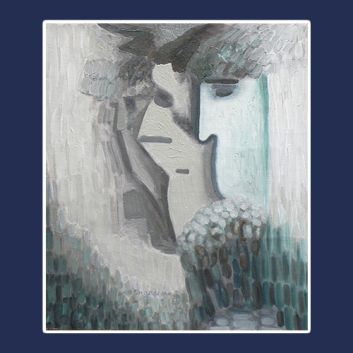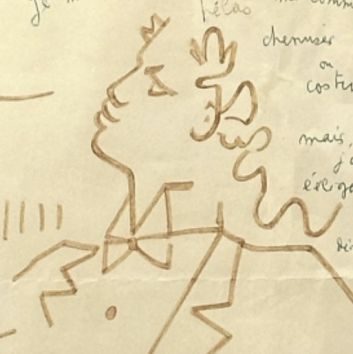Rating and value of paintings by Suzanne Valadon
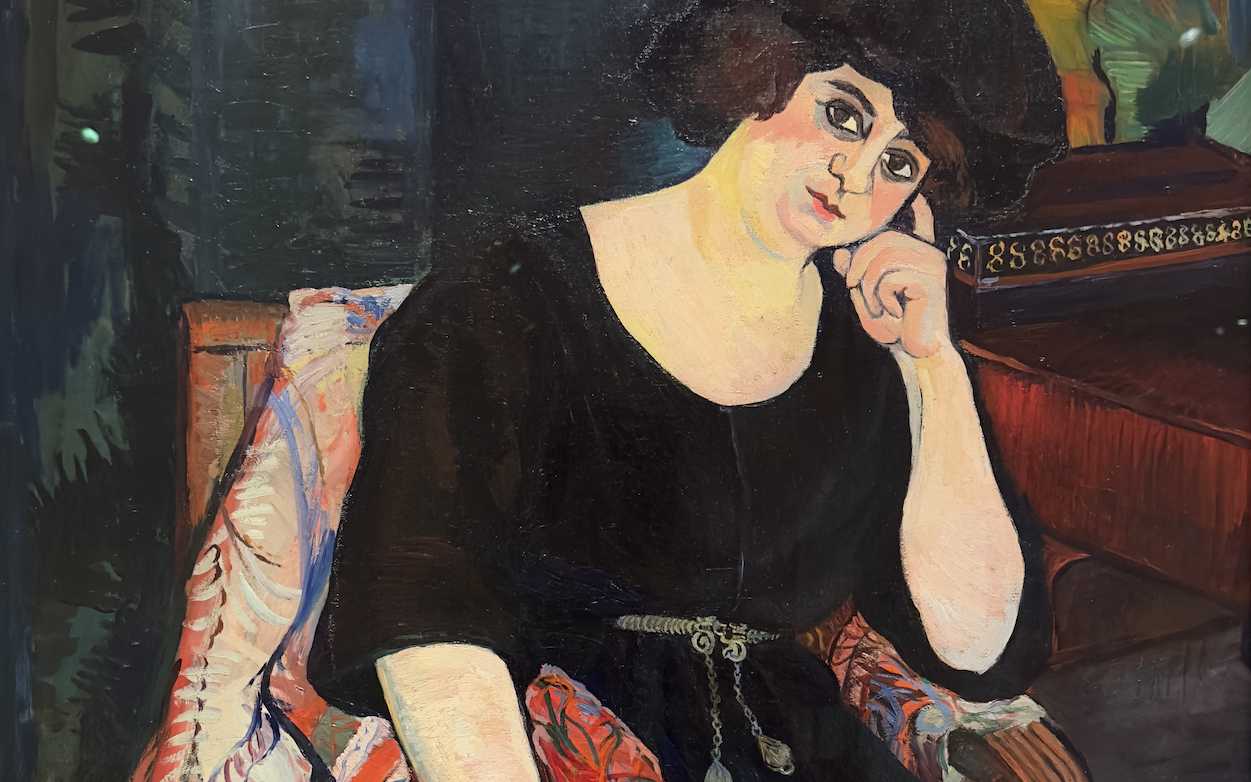
Suzanne Valadon (1865-1938), known as the first woman to be admitted to the École des Beaux Arts in Paris, developed her own style, blending Impressionist and Expressionist painting.
In addition to being a talented artist, Suzanne Valadon was one of the most sought-after models among Parisian artists, thanks to her singular physique and distinctive features that left no one indifferent.
If you own a work by or based on the artist Suzanne Valadon and would like to know its value, our state-approved experts and auctioneers can help you.
Our specialists will carry out a free appraisal of your work, and provide you with a precise estimate of its value on today's market. Then, if you wish to sell your work, we will guide you towards the best possible means of obtaining the best possible price.
Rating and value of the artist Suzanne Valadon
Suzanne Valadon is a well-known artist among contemporary art lovers. Today, the prices of her works are rising under the auctioneer's hammer.
His oils on canvas are particularly prized, especially by French buyers, and the price at which they sell on the art market ranges from €30 to €331,900, a significant delta but one that speaks volumes about the value that can be attributed to the artist's works.
In 2023, his oil on canvas Nu à la draperie dating from 1921 sold for €331,900, compared with an estimate of €43,670 to €61,140. His value is rising sharply.
Order of value from the most basic to the most prestigious
Technique used | Results |
|---|---|
Print - multiple | From €30 to €11,280 |
Drawing - watercolor | From €260 to €68,260 |
Oil on canvas | From €240 to €331,900 |
Response in less than 24h
The artist's works and style
Suzanne Valadon's creations are distinguished by a bold palette of vivid colors and assertive flat tints, testifying to her roots in the modern avant-garde. Imbued with the influence of the Impressionists, her works radiate luminosity and vibrant vitality.
Her artistic style, both courageous and expressive, captures moments of intimacy with rare originality, combining psychological finesse and modernity.
Over the years, her artistic evolution has led her to produce works of growing intensity, in which expressionism takes on an increasingly prominent role.
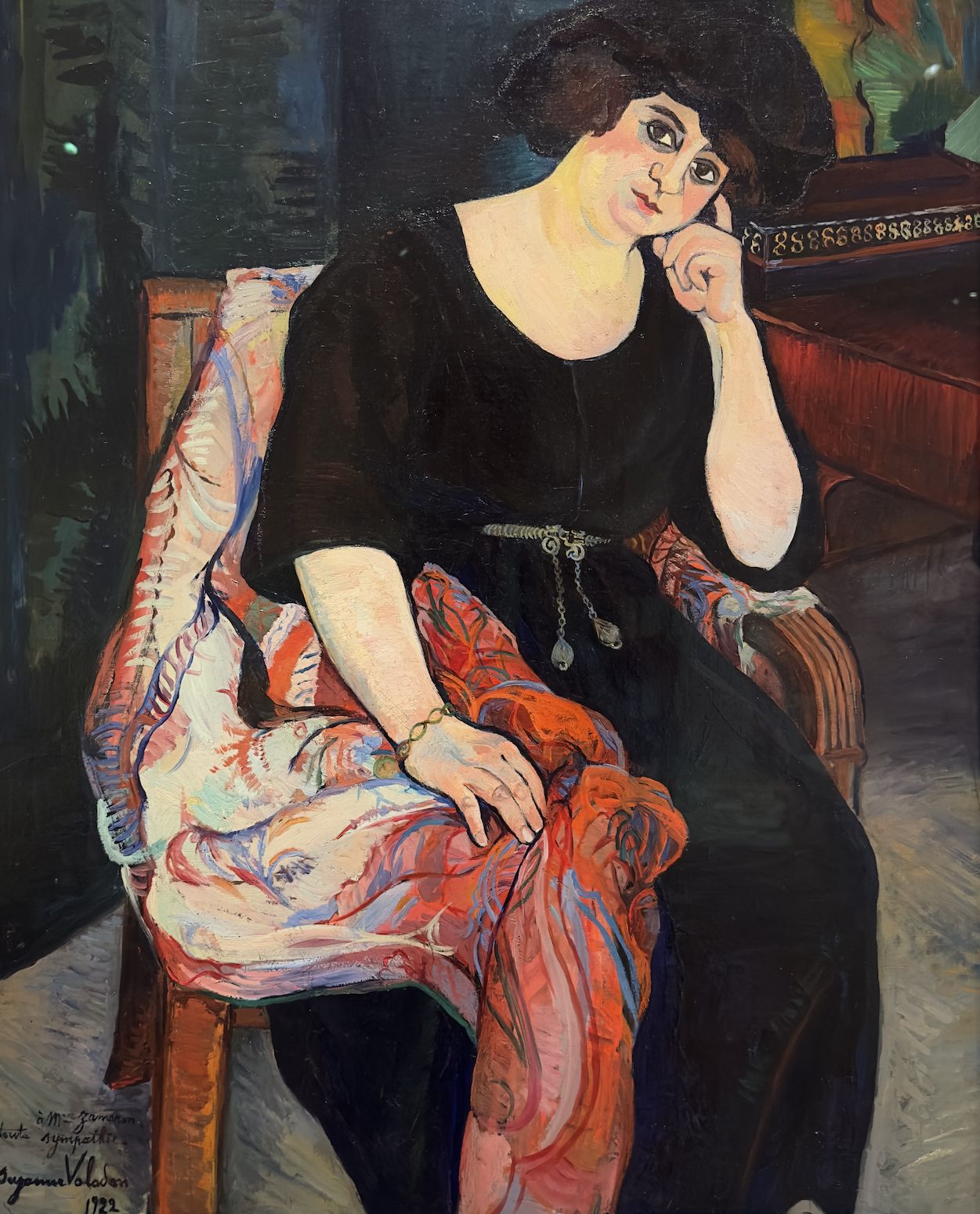
The life of Suzanne Valadon
Marie-Clémentine Valade, known as Suzanne Valadon, was born in Paris in 1865. As a child, she lived with her mother, a laundress in Montmartre.
Suzanne Valadon took her first steps in art as a model. She posed for painters such as Toulouse-Lautrec and Chavanne.
It wasn't until the early 1880s that the young model decided to cross over to the other side of the canvas and start painting. Impressed by her talent, Edgar Degas took her under his wing and taught her the basics of painting and engraving.
In 1894, Suzanne Valadon was admitted to the Société Nationale des Beaux-Arts de Paris. She distinguished herself by her modern approach, being one of the first to depict nude men in monumental works.
The artist led a comfortable life, and his first exhibition was held in 1911. This was the start of a series of exhibitions dedicated to his work. The post-war period proved extremely productive for the artist, who created numerous portraits, nudes and still lifes.
She was initially influenced by Impressionism in a mimetic way, her master having been Degas, but her later works followed the evolution of the twentieth century, in particular the deformation of bodies and the use of bright colors structuring the second part of her career.
Drawing inspiration from her entourage, Suzanne Valadon painted many portraits, notably of her son, her mother, and above all André Utter, her lover and main model.
She died at the age of 73, surrounded by her friends Picasso, Derain and Braque.
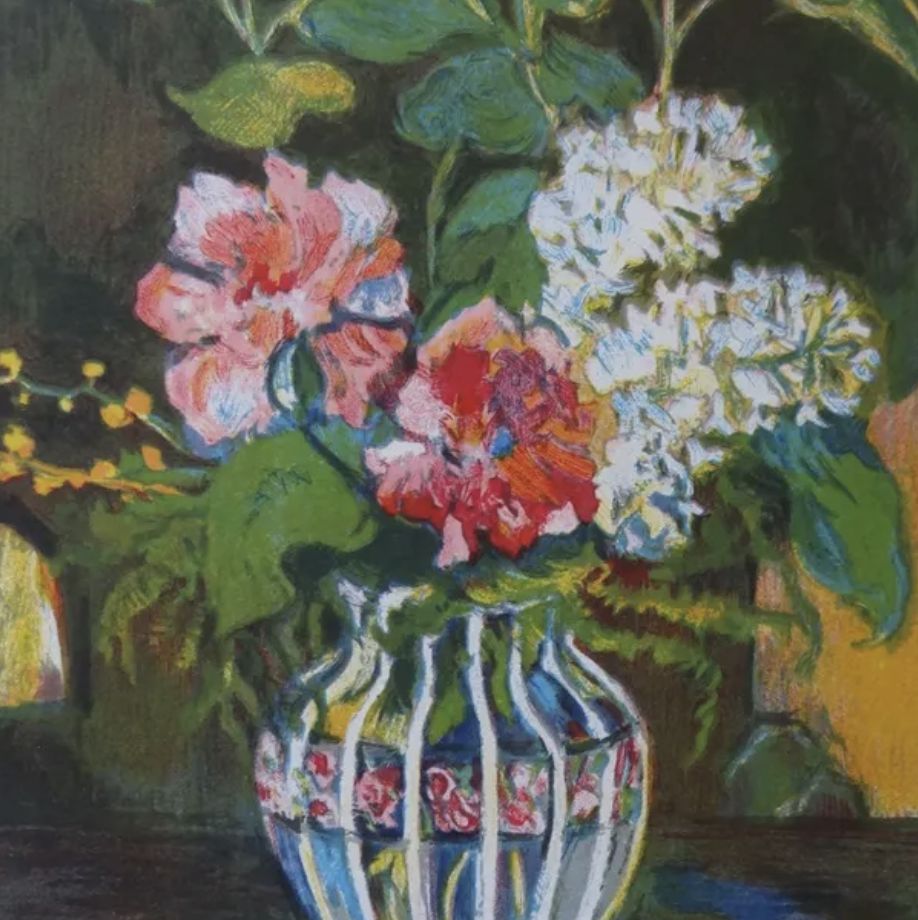
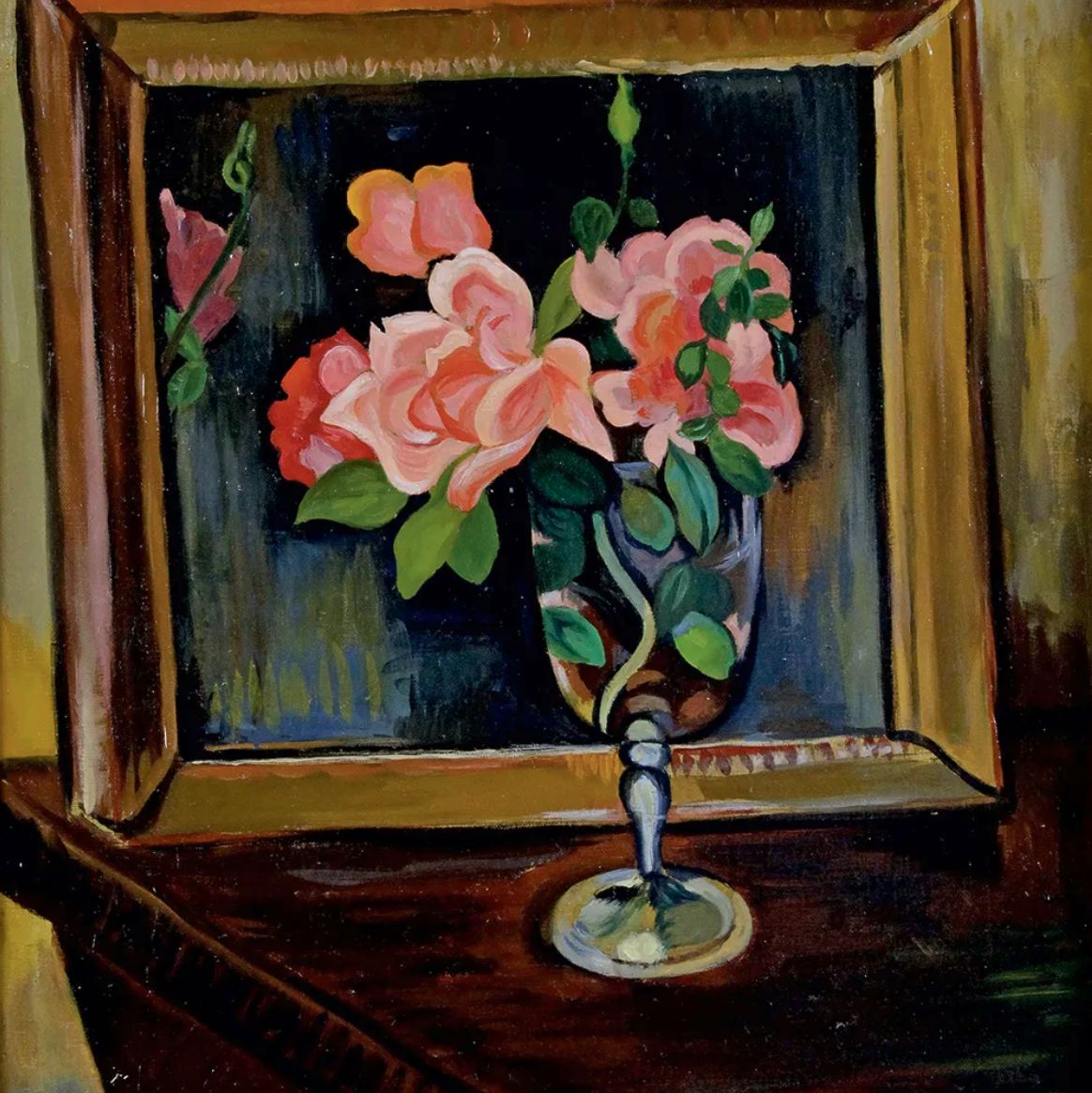
His way of working
Suzanne Valadon's works are distinguished by their use of bright colors and bold flat tints, anchoring her work in the modern avant-garde.
Inspired by the Impressionists, she infuses her paintings with a luminosity that immediately captures attention. Her expressive, original style captures intimate moments with a modern touch that sets her apart from her contemporaries.
In her compositions, Valadon shows great mastery of space. She prefers a free, dynamic organization, often placing her subjects in the foreground to create a proximity that gives her figures an almost tangible presence.
This approach strengthens the bond between the viewer and the work, while underlining the intensity of the emotions it captures.
Valadon doesn't hesitate to use bold, contrasting colors, reinforcing the visual impact of his works. Her flat tints of color, deployed without transitions, add a strength and simplicity that draw the eye.
At the same time, her firm, marked lines delineate shapes with precision, giving her subjects a clarity and intensity that make them unforgettable. She also likes to incorporate repetitive motifs and decorative elements into her canvases, bringing a subtle rhythm that enriches the composition.
Beyond technique, Valadon explored a diversity of subjects with great sensitivity. Her portraits, often of women, reveal a rare psychological depth, while her scenes of everyday life sincerely capture the reality of her time.
In her still lifes, she manages to infuse an unexpected vitality, transforming simple objects into emotionally charged elements.
Today, Suzanne Valadon's works are particularly prized on the art market, frequently fetching tens of thousands of euros.
They reflect a unique artistic vision, in which color and space are at the service of a bold modernity. With his innovative approach, Valadon broke with the conventions of his time, leaving a lasting imprint that continues to inspire and fascinate.
Suzanne Valadon and the Montmartre Museum
Understanding Post-Impressionism in Valadon
Post-Impressionism is the term used to describe a fascinating period in art history, from 1880 to 1910. During these three decades, art was transformed by the emergence of movements such as pointillism, synthetism, symbolism and the nabis, each proposing a new way of seeing and representing the world.
In 1886, art critic Félix Fénéon published "Les impressionnistes", an essay that heralded the end of Impressionism as it had been known in the 19th century. According to him, the exhibition marked the end of an era and the beginning of new artistic explorations.
Later, in 1906, critic Roger Fry popularized the term "postimpressionism" after an exhibition at London's Crafton Galleries. The term boosted the art market, particularly in the United States, by signaling that Impressionism was now a thing of the past.
Postimpressionism is not a single style, but rather a label to describe a period of transition between Impressionism and the subsequent avant-gardes. It was a time of experimentation, when artists sought to go beyond classic Impressionist techniques.
Artists such as Vincent van Gogh, with his bright sunflowers and animated landscapes, or Paul Cézanne, with his geometric shapes and deconstructed landscapes, are emblematic of this period.
Georges Seurat, with his famous pointillist "Un dimanche après-midi à l'île de la Grande Jatte", and Émile Bernard, with his bold colors and the creation of synthétisme, also illustrate the innovative spirit of Post-Impressionism.
It's important to note that the term "postimpressionism" does not define a particular style, but a phase of varied artistic research. Suzanne Valadon, for example, explored different approaches to the composition of her paintings and the use of color.
Although his works bear traces of Impressionism, such as the fine features and natural colors of his portraits, they are evolving towards a more Expressionist approach with sharper contours and greater emotional depth.
Over time, the work of Valadon and other artists of this period foreshadowed future developments in art. Innovations in the treatment of space and form, like the works of Cézanne or van Gogh, heralded the beginnings of cubism and other avant-garde movements.
In short, post-impressionism was an era rich in artistic change, marked by artists who went beyond the limits of impressionism to explore new forms of expression.
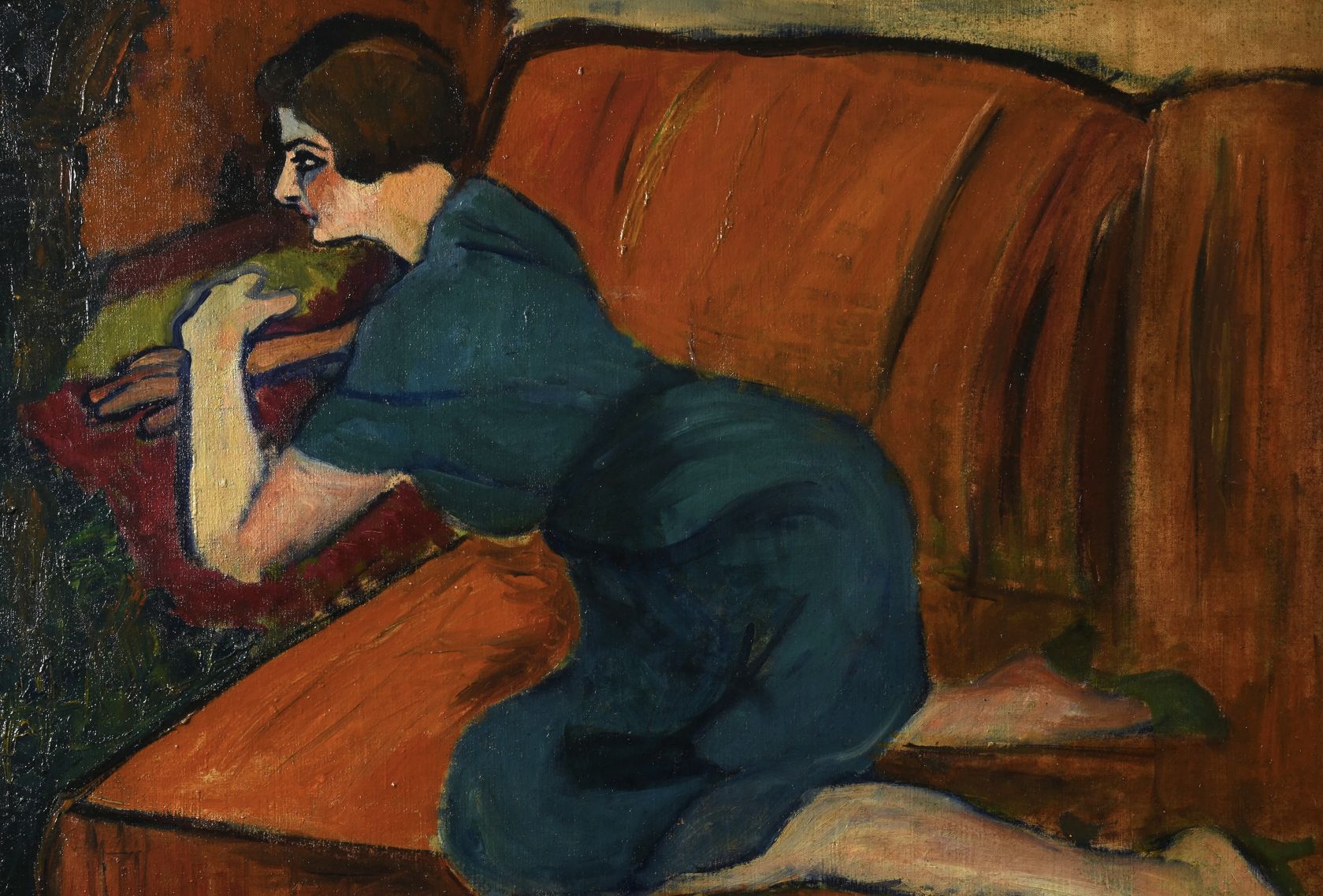
Focus on The Blue Room, 1923
La Chambre Bleue, painted in 1923 by Suzanne Valadon, is a work that captures the spirit of its time, on the border between Impressionism and Modernism. In this painting, a nude woman lies in a room painted entirely in blue, creating a calm, enveloping atmosphere.
Valadon, who moved from model to painter, moved away from Impressionist approaches, offering a more direct and personal vision. Instead of capturing a fleeting moment, she focuses on structured composition and bold use of color.
The woman is painted with clean lines and sharp contours, giving her a strong, real presence. The forms are not idealized, but rendered with a raw sincerity that sets them apart from more traditional representations of the nude.
Color plays a key role in the work. Blue envelops the room and creates an intimate atmosphere, while the warmer tones of the woman's body add an interesting contrast. The soft light that bathes the scene reinforces this impression of everydayness and realism.
The way Valadon organizes space is also significant. The elements of the room are placed in such a way as to create an internal harmony, with each part contributing to the overall balance of the painting. This approach to space heralds future explorations in art.
In short, La Chambre Bleue shows how Valadon, with his mastery of form and color, explored new artistic avenues. The work offers a personal, modern vision that marks a milestone between Impressionism and twentieth-century innovations.
His signature
Not all Suzanne Valadon's works are signed.
Although there are variations, here's a first example of his signature:
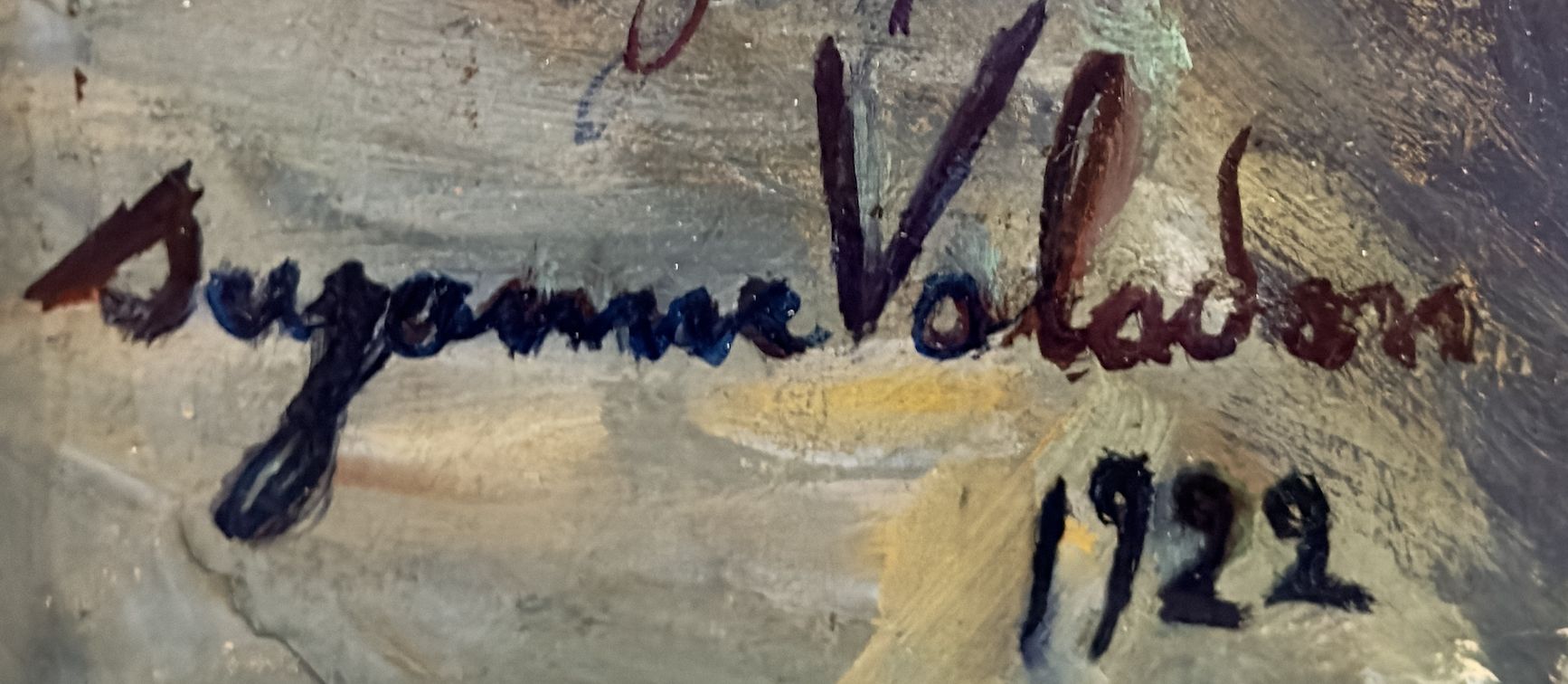
Appraising your property
If you own a work by Suzanne Valadon, don't hesitate to request a free appraisal by filling in our online form. A member of our team of experts and certified auctioneers will contact you to provide an estimate of the market value of your Suzanne Valadon work.
If you are considering selling your work, our specialists will also guide you through the various alternatives available to obtain the best possible price, taking into account market trends and the specific features of each work.
Response in less than 24h
Related topics

Rating and value of works, paintings by Serge Cha...
Serge Charchoune, a twentieth-century abstract painter, leaves behind a body of work that is much appreciated and highly prized at auction. Their value is high.
Read more >

Rating and value of works, drawings, paintings by Pierre Narc...
Pierre Narcisse Guérin was a 19th-century neoclassical painter who produced paintings and oil on canvas that were highly prized at auction.
Read more >
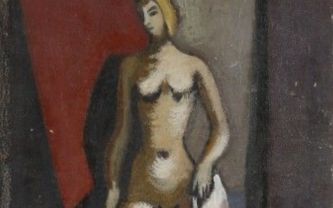
Rating and value of works, paintings, drawings by Véra Pagav...
Véra Pagava is a contemporary artist whose figurative and abstract paintings are skyrocketing at auction. Estimated in 24h.
Read more >
Secure site, anonymity preserved
State-approved auctioneer and expert
Free, certified estimates
